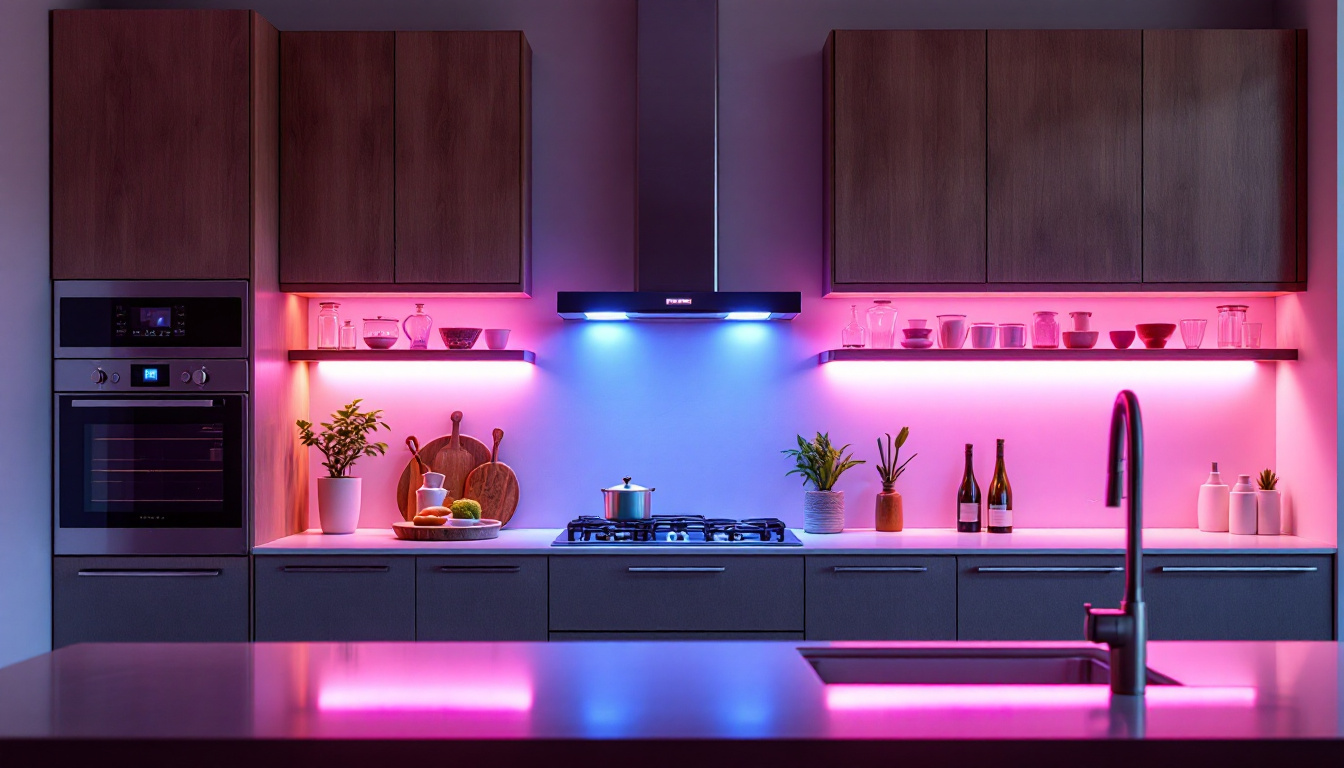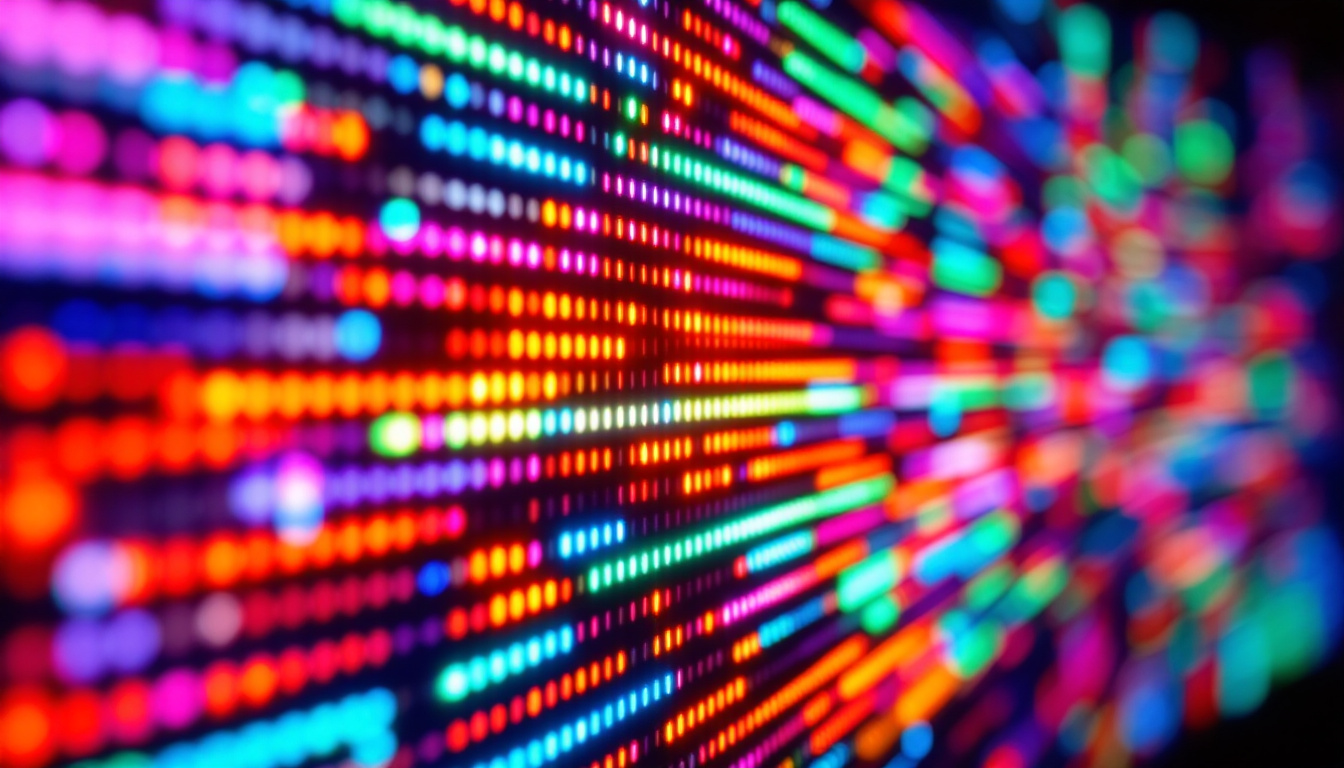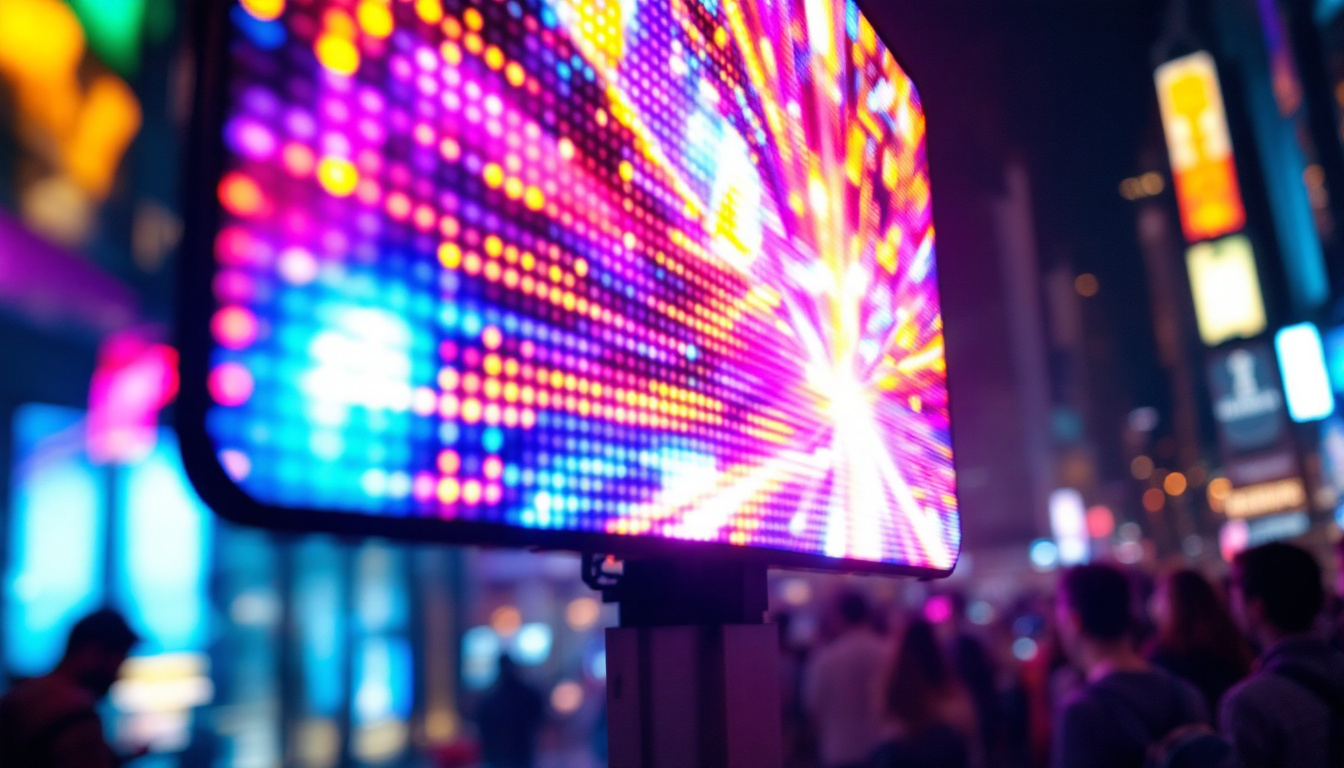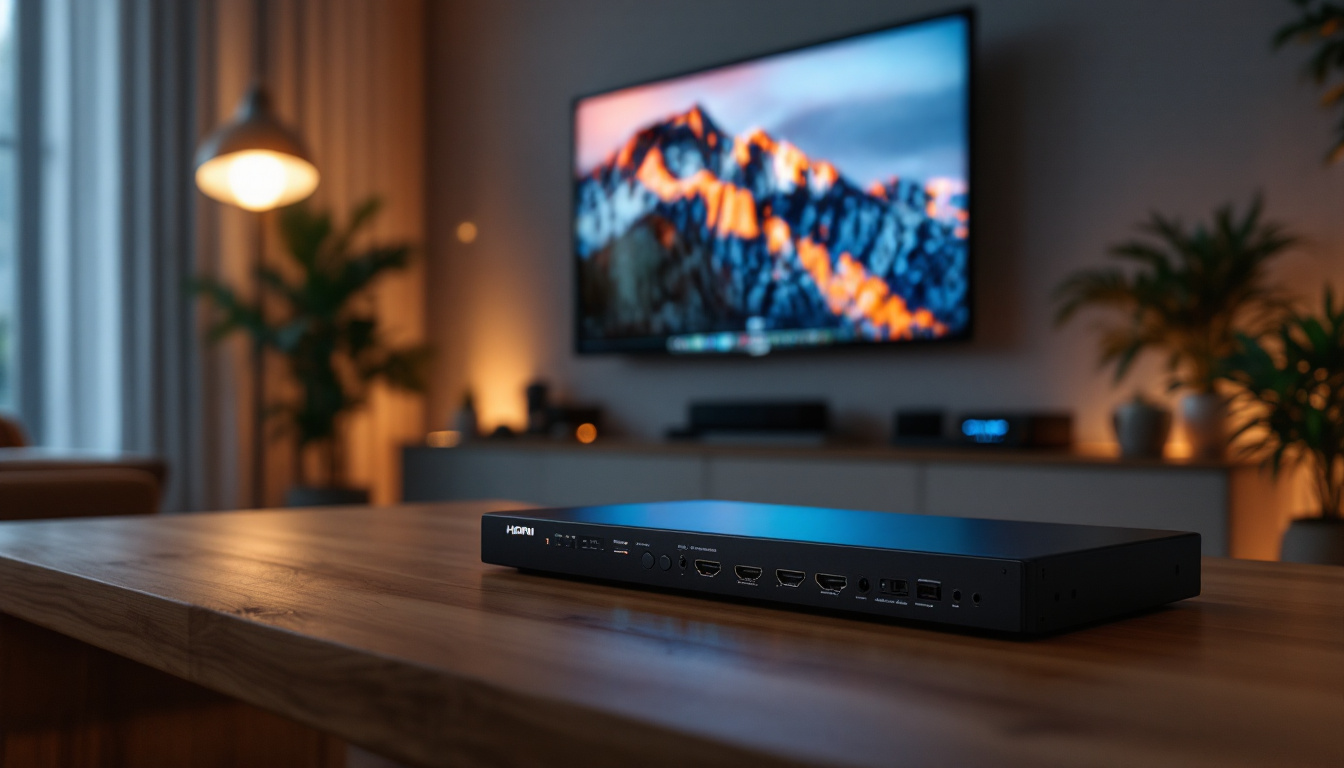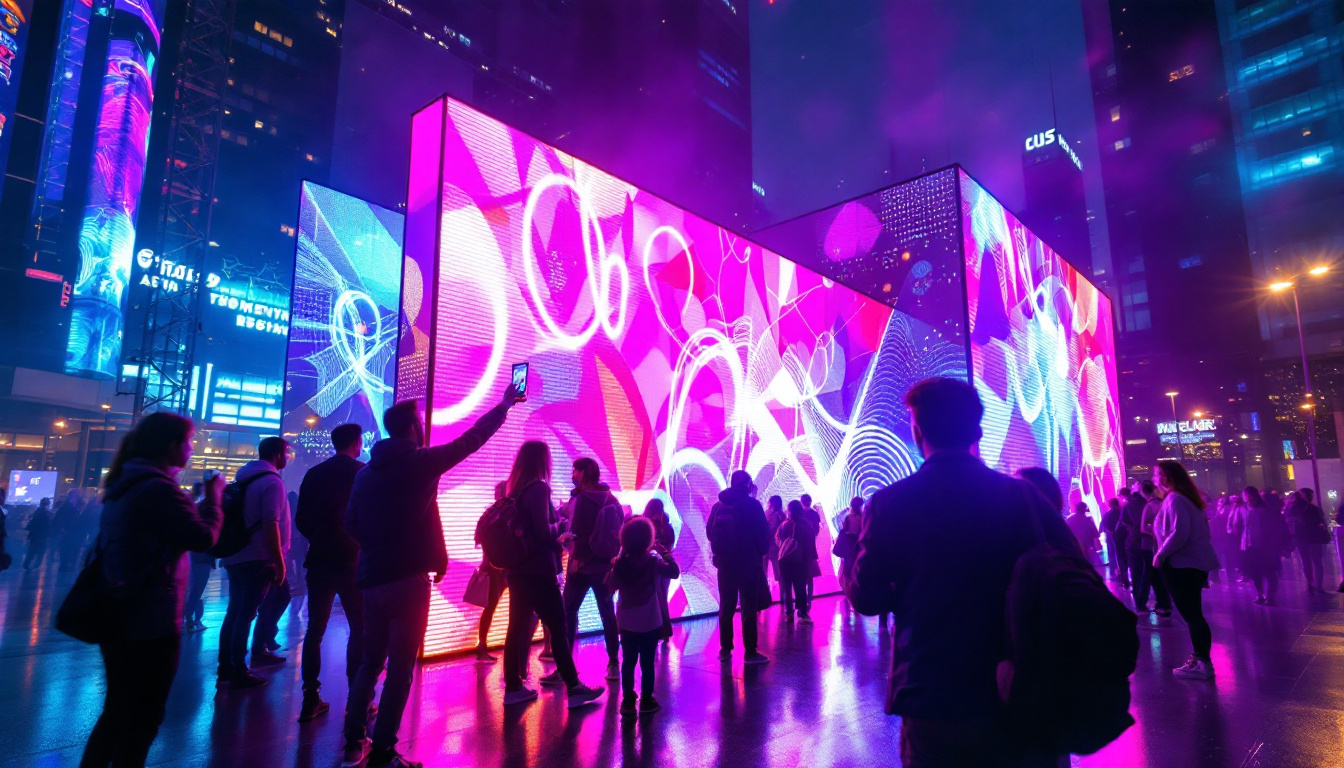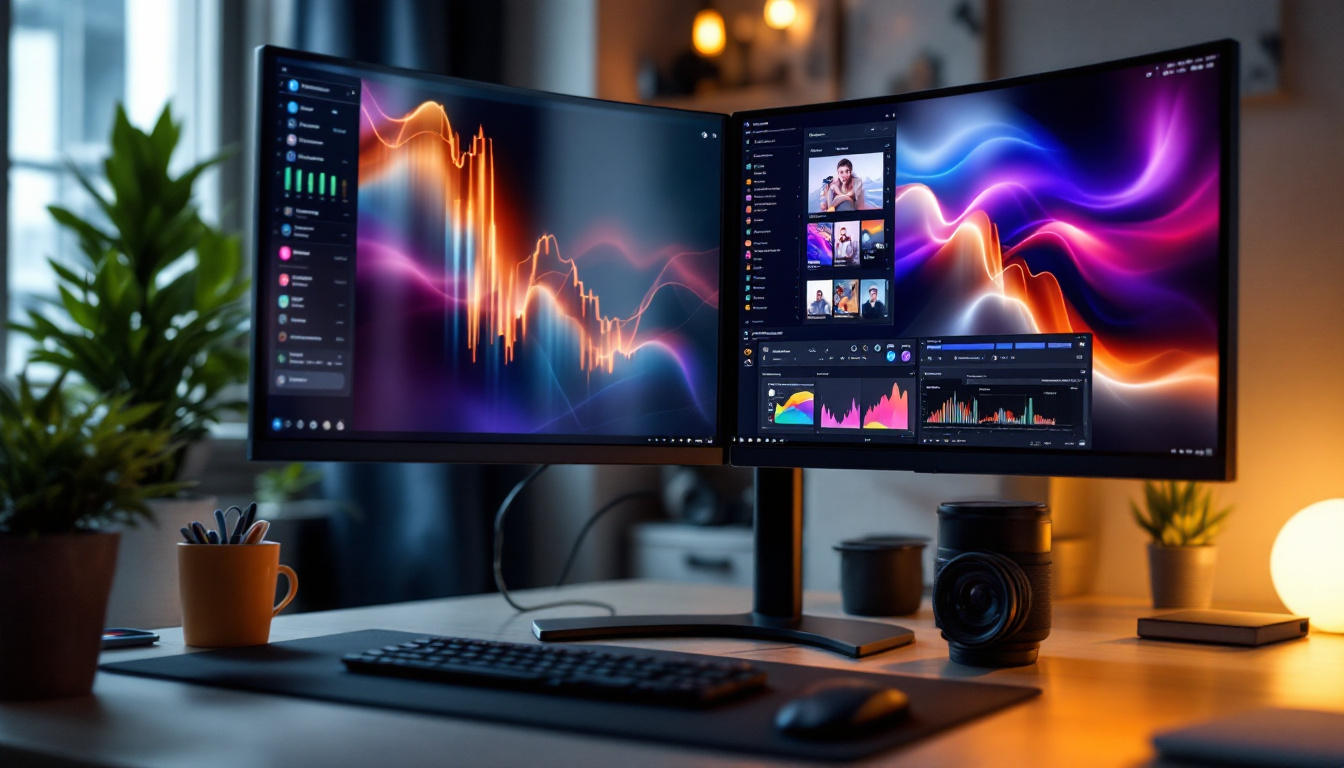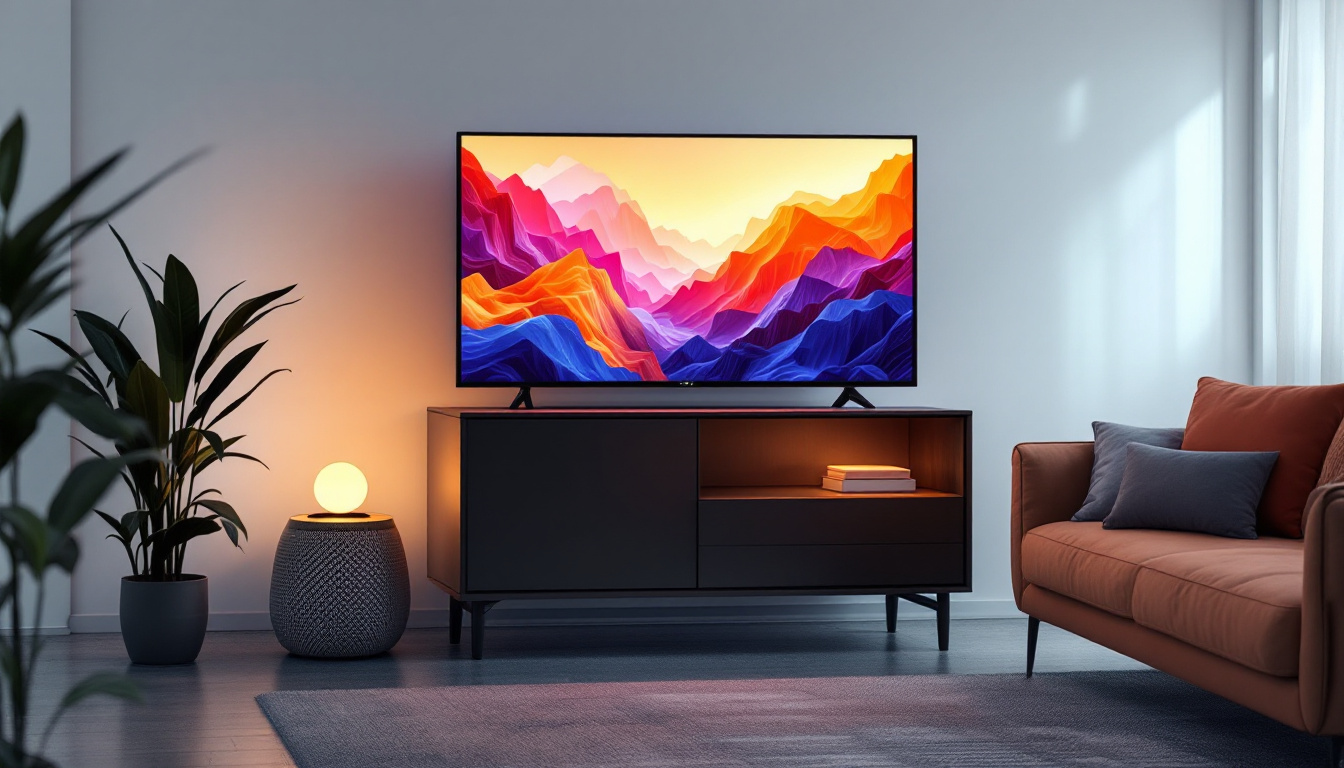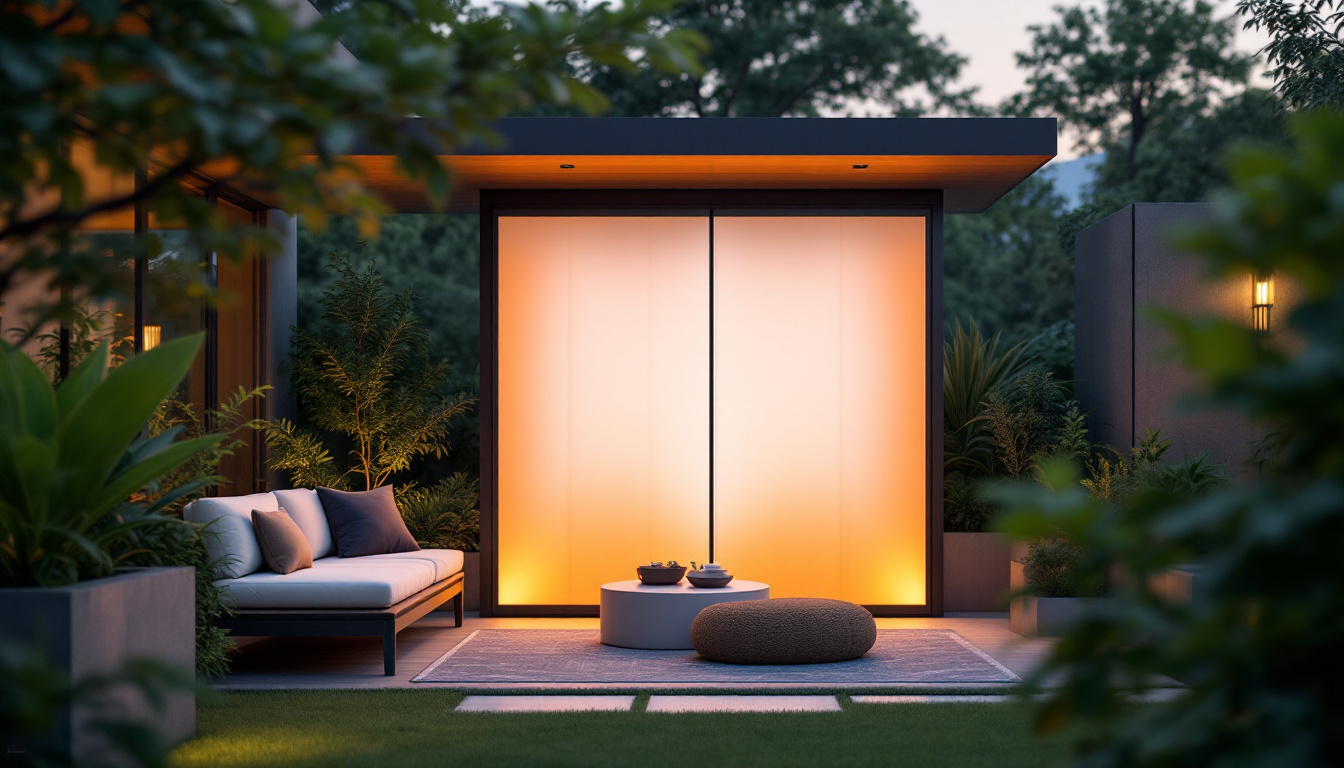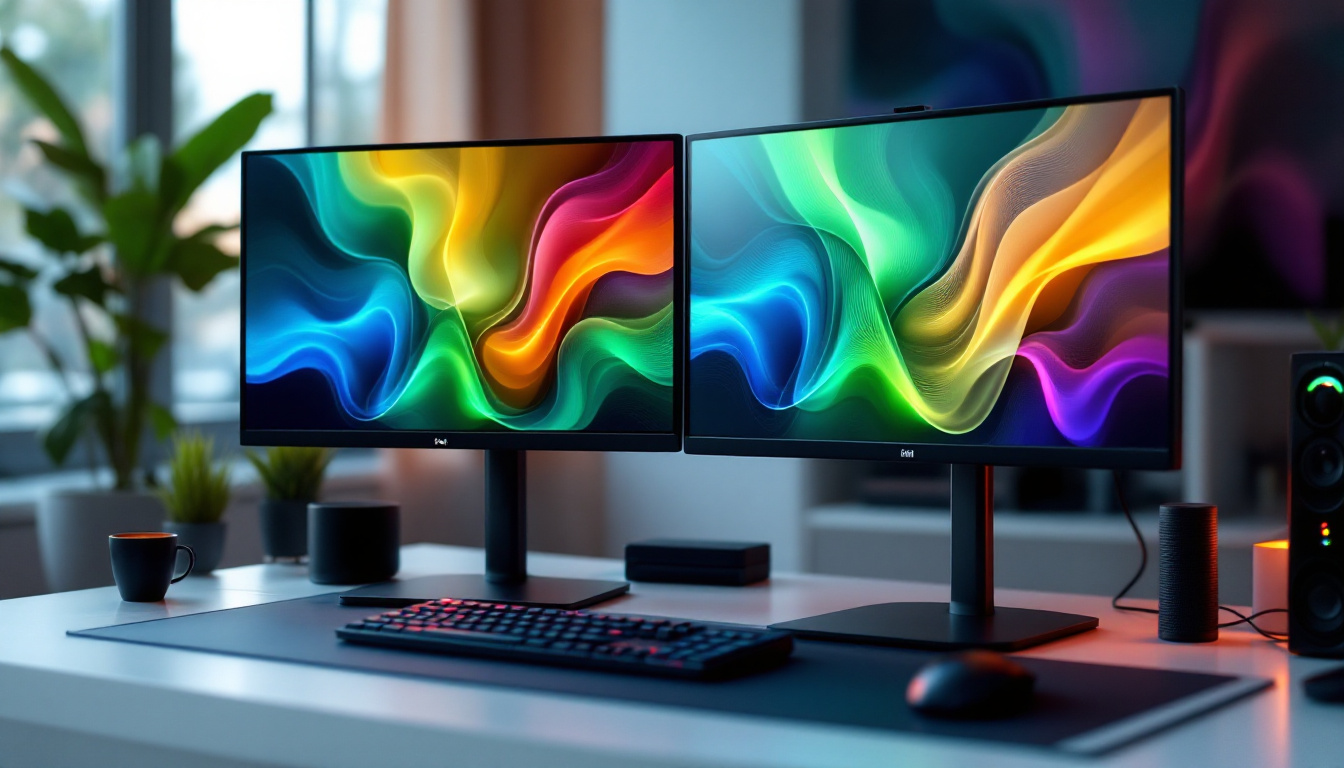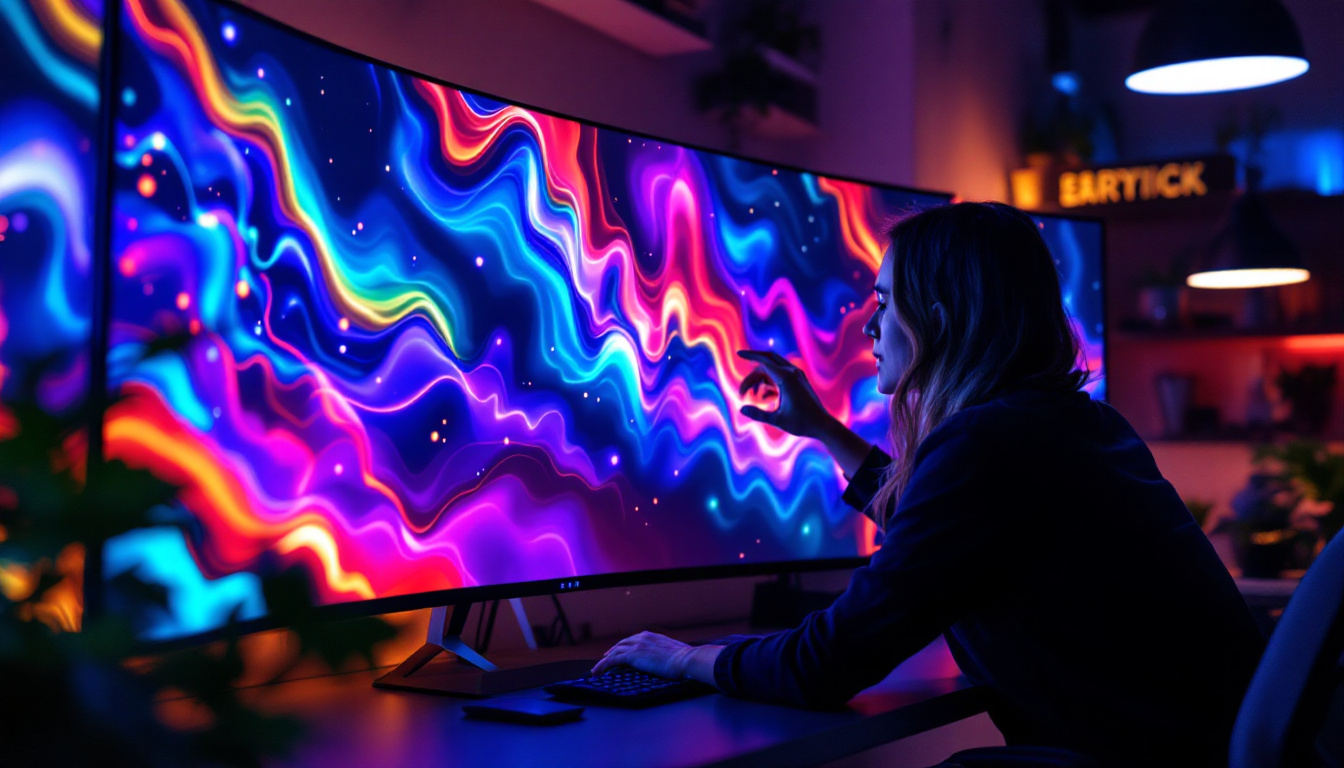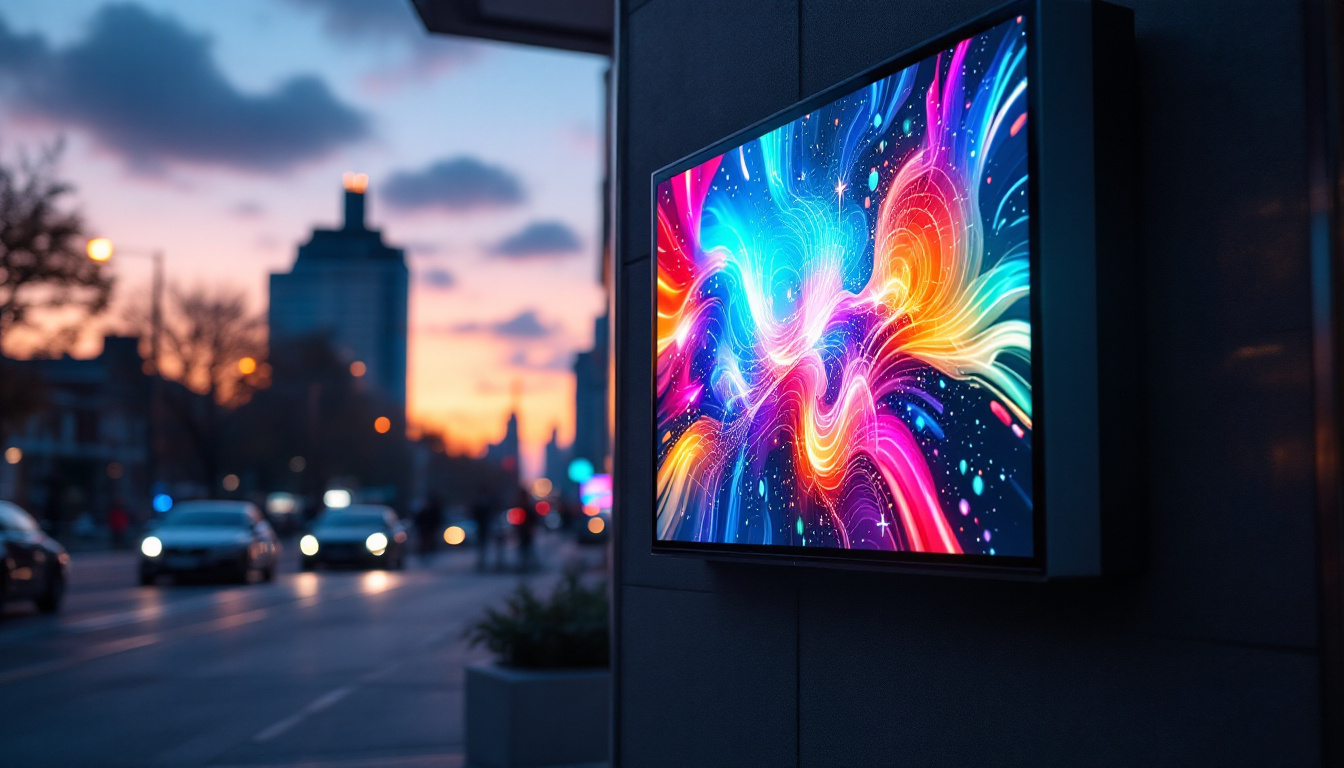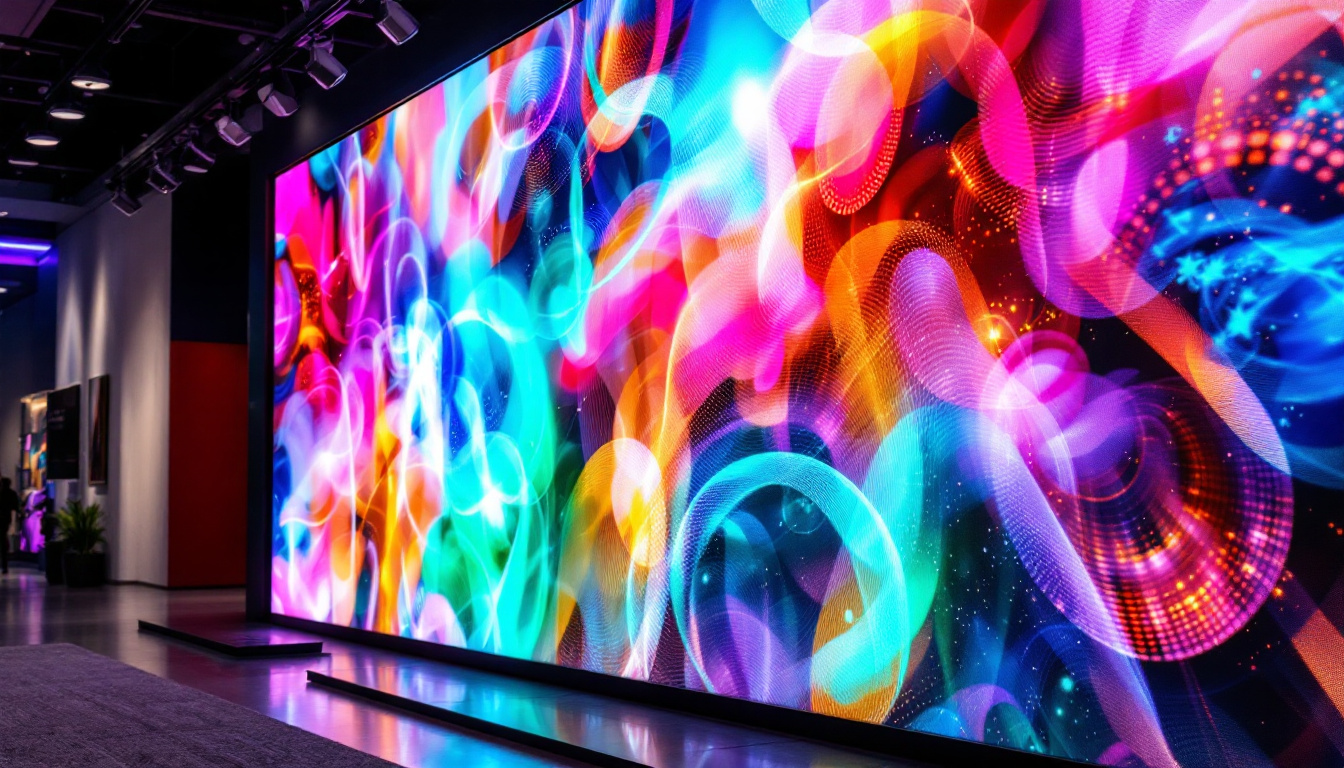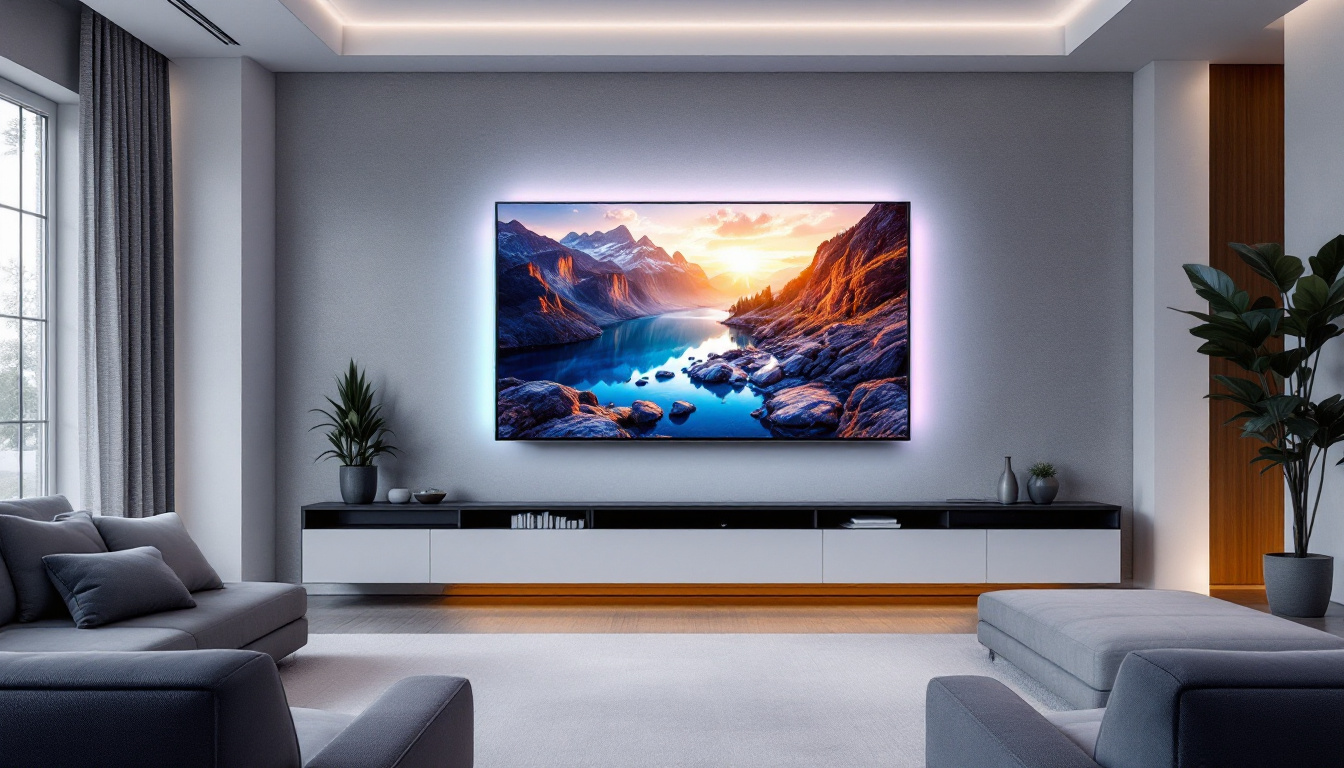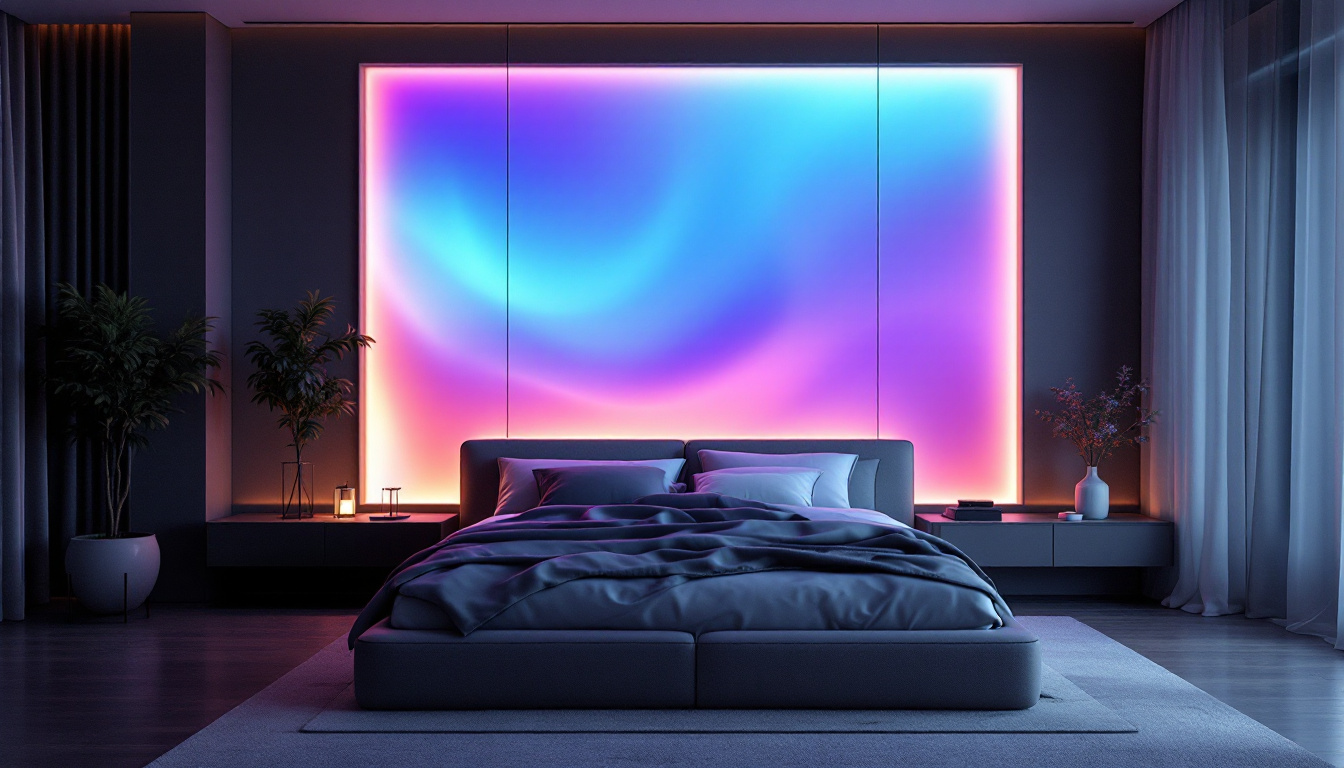In recent years, LED technology has revolutionized the way we illuminate our spaces. Among the various applications of LEDs, touch lights have gained significant popularity. These innovative lighting solutions not only offer energy efficiency but also provide convenience and versatility. This article delves into the intricacies of LED touch lights, exploring their functionality, advantages, and the technology behind LED displays.
Understanding LED Touch Lights
LED touch lights are fixtures that utilize light-emitting diodes (LEDs) as their primary light source. Unlike traditional bulbs, LEDs are known for their longevity and energy efficiency. The touch feature allows users to control the light with a simple tap, making them user-friendly and convenient. With the increasing focus on sustainability, LED touch lights are becoming a popular choice for eco-conscious consumers, as they consume significantly less energy and have a much longer lifespan compared to incandescent or fluorescent bulbs.
How LED Touch Lights Work
The operation of LED touch lights is based on a combination of LED technology and capacitive sensing. When a user touches the designated area of the light, it triggers a sensor that activates the LEDs. This interaction is seamless and instantaneous, providing immediate feedback to the user. The capacitive sensors are designed to be highly sensitive, allowing for activation even with a light touch, which enhances the overall user experience. Additionally, many models are equipped with memory functions that remember the last brightness setting used, making it even more convenient for users who prefer a specific level of illumination.
Most LED touch lights come with multiple brightness settings, allowing users to adjust the light intensity according to their needs. This is particularly useful in environments where lighting requirements may change throughout the day. For instance, a dimmer setting can create a cozy atmosphere for movie nights, while a brighter setting can enhance focus during work or study sessions. Some advanced models even feature color temperature adjustments, enabling users to switch between warm and cool light tones, which can influence mood and productivity.
Types of LED Touch Lights
LED touch lights come in various forms, catering to different needs and preferences. Some common types include:
- Table Lamps: Ideal for reading or working, these lamps often feature adjustable brightness settings. Many modern designs also incorporate stylish aesthetics, making them not just functional but also a decorative element in home or office spaces.
- Wall-mounted Lights: Perfect for hallways or bedrooms, these lights provide ambient illumination without taking up valuable space. They can be particularly beneficial in small apartments where maximizing space is essential, and some models even include built-in shelves for added functionality.
- Portable Touch Lights: These battery-operated lights can be easily moved around, making them perfect for camping or emergency situations. Their lightweight design and compact size allow for easy transport, and many come with features like built-in hooks or magnets for versatile placement options.
In addition to these common types, the market has seen an emergence of innovative designs that integrate smart technology. Some LED touch lights can connect to home automation systems, allowing users to control them remotely via smartphone apps or voice commands. This integration not only enhances convenience but also supports energy management by enabling users to schedule lighting based on their routines or preferences.
Advantages of LED Touch Lights
LED touch lights offer numerous benefits that make them an appealing choice for both residential and commercial applications. From energy savings to aesthetic appeal, their advantages are manifold.
Energy Efficiency
One of the most significant advantages of LED technology is its energy efficiency. LED touch lights consume significantly less power than traditional incandescent or fluorescent bulbs. This not only reduces electricity bills but also contributes to a lower carbon footprint.
Moreover, LEDs have a longer lifespan, often lasting up to 25,000 hours or more. This longevity means fewer replacements and less waste, making them an environmentally friendly choice. In fact, the energy savings can be so substantial that many users find that the initial investment in LED technology pays for itself over time, especially in high-usage areas such as kitchens or living rooms.
Convenience and User-Friendliness
The touch feature of these lights adds a layer of convenience that traditional switches lack. Users can easily turn the light on or off with a simple tap, making them ideal for bedside tables or areas where reaching for a switch may be cumbersome.
Additionally, many LED touch lights come with built-in timers and dimming options, enhancing their usability in various settings. Whether it’s creating a cozy atmosphere for a movie night or providing bright light for reading, these lights can adapt to different scenarios effortlessly. This adaptability is further complemented by the variety of designs available, from sleek modern styles to more traditional looks, allowing users to seamlessly integrate them into their existing decor. Furthermore, some models even include color-changing features, enabling users to set the mood with a spectrum of colors, perfect for parties or special occasions.
The Technology Behind LED Displays
Understanding the technology that powers LED touch lights can provide deeper insights into their functionality and benefits. The core components of LED displays include diodes, circuits, and sensors, each playing a crucial role in the overall performance of the light.
Light Emitting Diodes (LEDs)
At the heart of LED touch lights are light-emitting diodes (LEDs). These semiconductor devices emit light when an electric current passes through them. Unlike traditional bulbs that produce light through heating a filament, LEDs are more efficient and produce less heat.
LEDs are available in various colors, allowing for customizable lighting options. Some touch lights even incorporate RGB (red, green, blue) LEDs, enabling users to change the color of the light to suit their mood or decor.
Capacitive Touch Sensors
The capacitive touch sensor is a critical component that enables the touch functionality of these lights. This sensor detects changes in capacitance when a finger comes into contact with the surface. This technology allows for a responsive and reliable user experience.
Capacitive sensors are often preferred over mechanical switches because they have no moving parts, reducing wear and tear. This results in a longer lifespan for the touch light and less maintenance for the user.
Applications of LED Touch Lights
LED touch lights are versatile and can be used in various settings, from homes to commercial spaces. Their adaptability makes them suitable for a wide range of applications.
Residential Use
In residential settings, LED touch lights are commonly found in bedrooms, living rooms, and kitchens. Their ability to provide adjustable lighting makes them perfect for creating different atmospheres. For instance, a soft glow can be ideal for relaxation, while brighter settings are suitable for tasks like cooking or reading.
Additionally, their sleek design often complements modern decor, making them not just functional but also aesthetically pleasing.
Commercial Use
In commercial environments, LED touch lights are increasingly being used in offices, restaurants, and retail spaces. They can enhance the ambiance of a space while providing practical lighting solutions.
For example, in restaurants, touch lights can be used to create a warm and inviting atmosphere, while in offices, they can provide focused lighting for workstations. Their energy efficiency also aligns with the sustainability goals of many businesses.
Choosing the Right LED Touch Light
When selecting an LED touch light, several factors should be considered to ensure that the chosen fixture meets your needs and preferences.
Brightness Levels
Different LED touch lights offer varying brightness levels. It’s essential to choose a light that provides adequate illumination for the intended space. For example, a reading lamp should be bright enough to prevent eye strain, while ambient lights can be softer.
Design and Aesthetics
The design of the LED touch light should complement the existing decor of the space. From minimalist designs to more elaborate styles, there is a wide range of options available. Consider the overall theme of the room and select a light that enhances its aesthetic appeal.
Additional Features
Many LED touch lights come with additional features such as built-in timers, color-changing options, and remote control capabilities. Assessing these features can help determine which light best fits your lifestyle and preferences.
Maintaining LED Touch Lights
Proper maintenance of LED touch lights can extend their lifespan and ensure optimal performance. Here are some tips for keeping them in top condition.
Regular Cleaning
Dust and dirt can accumulate on the surface of LED touch lights, affecting their performance and appearance. Regularly cleaning the light with a soft, dry cloth can help maintain its brightness and aesthetic appeal.
Check for Firmware Updates
For touch lights that come with smart features, it is advisable to check for firmware updates periodically. Manufacturers may release updates that enhance functionality or fix bugs, ensuring that the light operates smoothly.
Conclusion
LED touch lights represent a perfect blend of technology, convenience, and energy efficiency. Their ability to adapt to various settings and user preferences makes them a valuable addition to any space. With their long lifespan and minimal energy consumption, they not only provide illumination but also contribute to a sustainable future.
As technology continues to evolve, the features and capabilities of LED touch lights are likely to expand, offering even more benefits to users. Whether for residential or commercial use, investing in LED touch lights is a step towards a brighter, more efficient, and user-friendly environment.
Illuminate Your World with LumenMatrix
Ready to experience the pinnacle of LED display technology? LumenMatrix is at the forefront of innovation, offering a wide array of LED display solutions tailored to your needs. From captivating Indoor LED Wall Displays to dynamic Outdoor LED Wall Displays, and from versatile Vehicle LED Displays to sleek LED Poster Displays, our products are designed to enhance your brand’s visibility and create mesmerizing visual experiences. Embrace the future of visual communication with our LED Sports Displays, interactive Floor LED Displays, and the revolutionary All-in-One LED Display. Discover how LumenMatrix can transform your space and captivate your audience. Check out LumenMatrix LED Display Solutions today and take the first step towards a brighter, more engaging environment.


